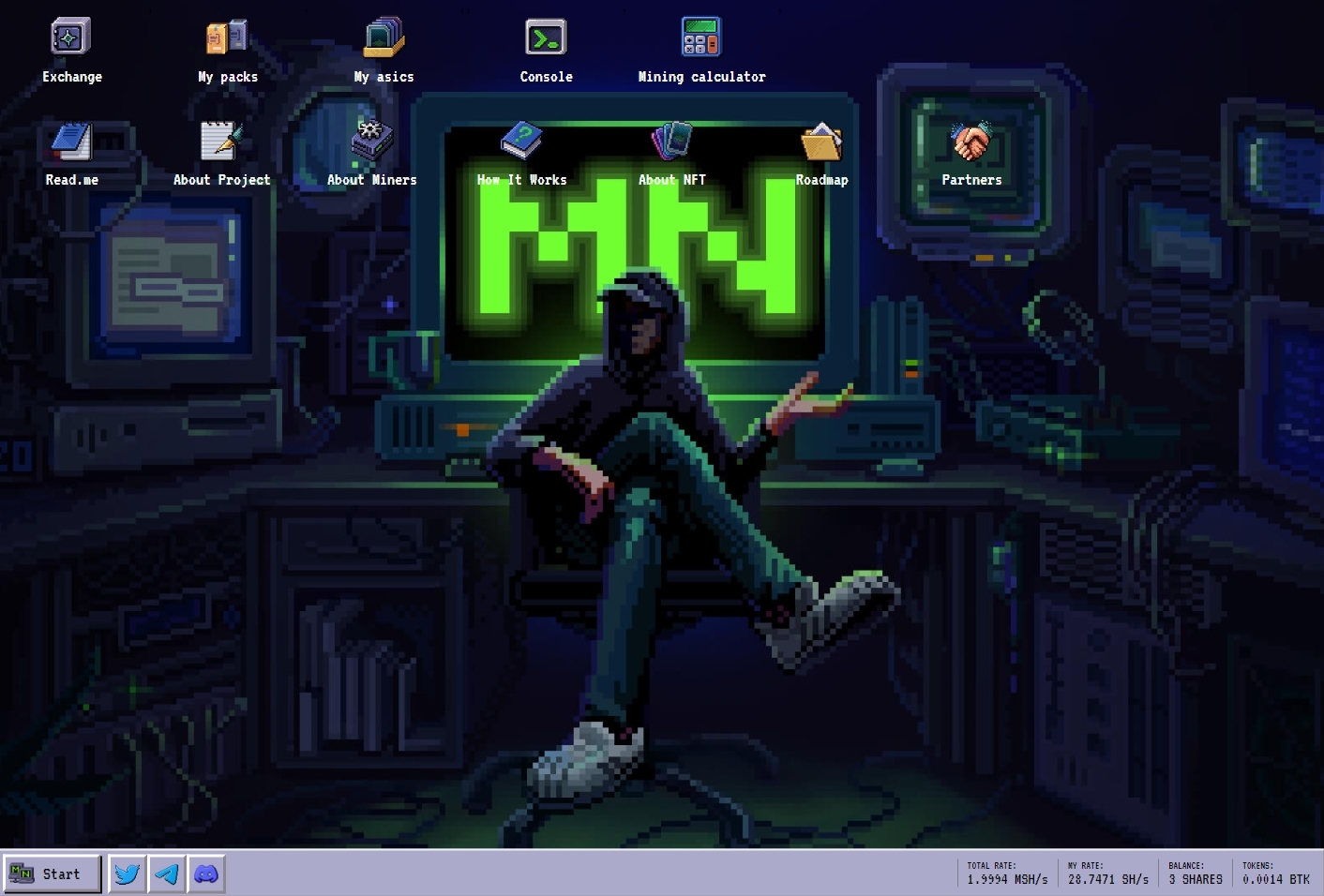Bringing the concept of a social network to virtual reality is anything but easy. Several apps have tried to tackle this aspect and failed miserably. vTime is a “sociable network” which we accessed through the Samsung Gear VR. While it does provide a far more “complete’ experience, it remains to be seen how many users will come back on a regular basis. It is not necessarily an app we will use every other day, that much is certain.
vTime is Interesting but Not Mesmerizing
The main issue a lot of people – ourselves included – have with virtual reality is how it remains a very niche market. Developing a “social network” app for this niche market will not necessarily yield any surprising results whatsoever. Although the developers of vTime have ensured their app has a lot of potential, it is just not something we will use often while wearing a VR headset. Displacing Facebook, Twitter, and even Telegram as “social” tools will be very difficult, especially in the world of virtual reality.
It has to be said, vTime has a lot of things going for it. You can add friends, chat with strangers, hang out in a virtual space with others, and even connect to people who aren’t using this app. Chatting face-to-face with an avatar in virtual reality is pretty interesting, but not necessarily something we will spend all day doing either. The option to discover random “matches” based on your profile sounds a bit creepy at first, but it is certainly an interesting option well worth exploring further.
Navigating through vTime is pretty smooth, as it is based on gaze tracking. The UI itself doesn’t have too many unnecessary bells and whistles either, which makes vTime very approachable. Options included themed chat rooms, customizing your avatar, browsing your friends list, and even sharing 360-degree images. Mobile social VR certainly looks a lot more interesting thanks to apps like vTime. That is, assuming your friends and family are willing to explore this new environment with you.
Which brings us to the main problem vTime will face sooner or later. Applications like these will not survive long unless their user base continues to grow. Mass adoption of vTime will be quite a challenge, to say the least. Cross-platform compatibility is still a work in progress, but the team is making headway in this regard. A version for the PlayStation VR, HTC Vive, Oculus Rift, and other headsets is still in the works as we speak. The future looks interesting for vTime, but nothing has been set in stone just yet.
If you liked this article make sure to follow us on twitter @thevrbase and subscribe to our newsletter to stay up to date with the latest VR trends and news.











